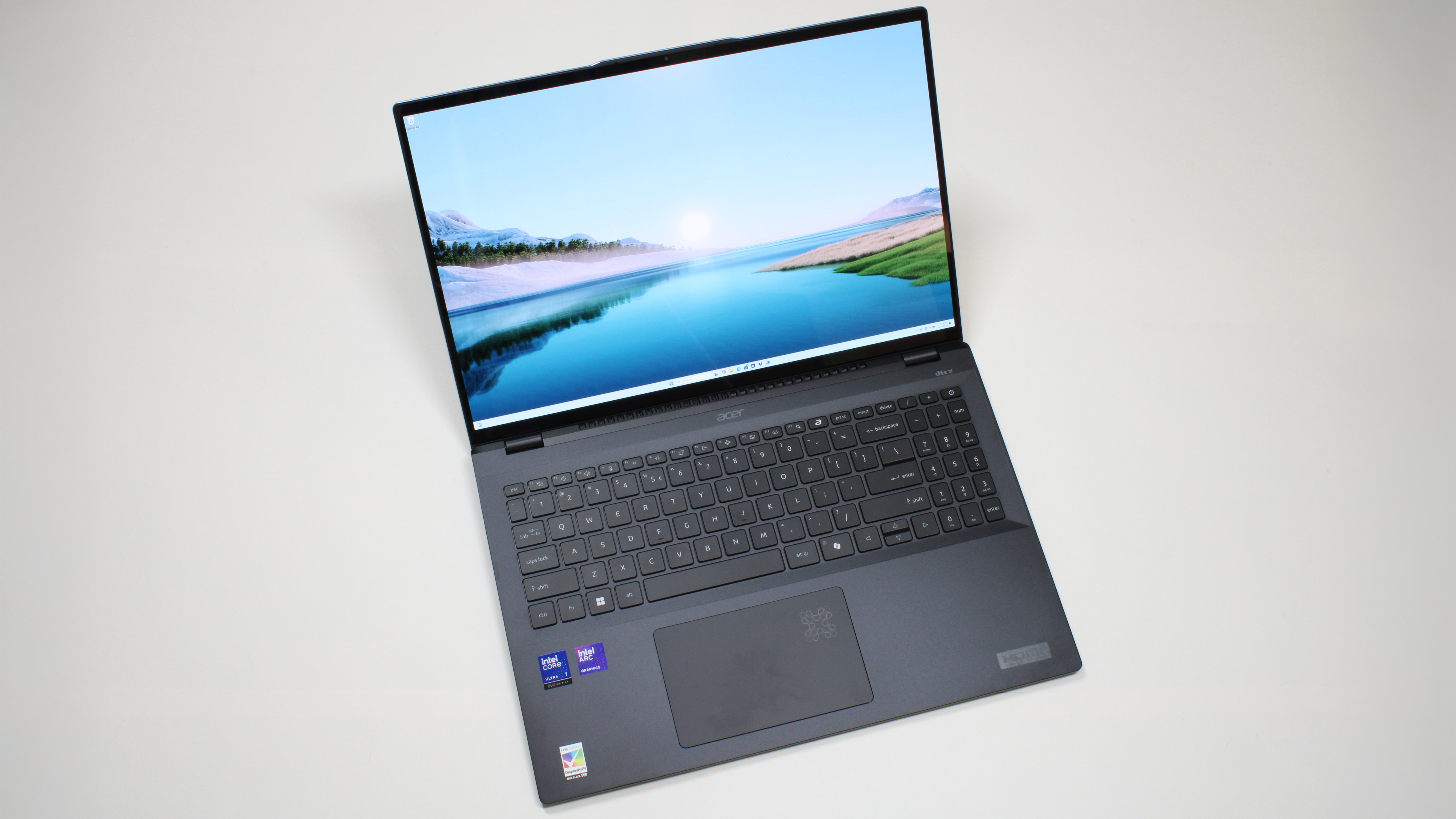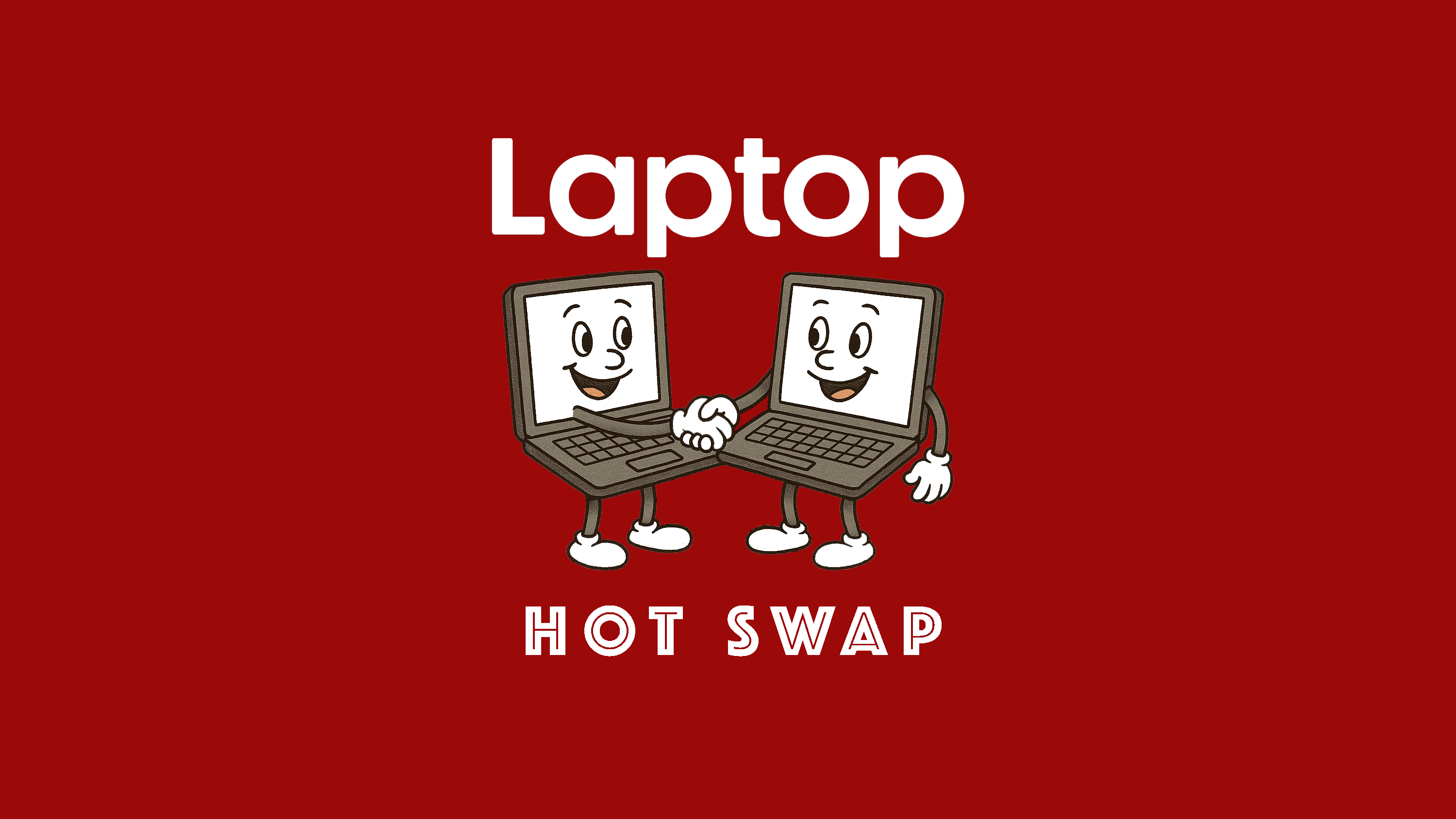Laptop price increases are here and tariffs are to blame
Between a 10% tariff on Chinese manufactured goods and a 25% (or higher) semiconductor tariff, consumer tech is about to be very expensive

New tariffs on imported goods are already starting to shake up industries and consumer electronics appear to be next on the list.
The Trump Administration has imposed a 10% import tariff on Chinese manufactured goods this month and has continued to push a 25% tariff plan for imported silicon. Early projections of the Trump Tariffs indicated these plans could raise the prices for laptops and gaming hardware by up to 40%.
While the tariffs could still be subject to change, we've already seen companies react to the plans by raising prices to combat the tariff prices. The Telegraph reports that Acer plans to raise prices by 10% in response.
Here's what we know about the tariffs and retaliatory price-hikes so far.
Acer announces 10% price hike in response to tariffs
While the US chip tariff does not have a start date, Acer's planned 10% price hike does. After all, a 10% tariff on all Chinese-made goods started this month, which is already impacting technology sales. Nearly 80% of laptops imported to the U.S. are made in China.
Starting in March, Acer laptops and Chromebooks will cost 10% more to account for the increased import cost.
“We will have to adjust the end user price to reflect the tariff,” Acer's CEO Jason Chen told The Telegraph on Monday. “We think 10% probably will be the default price increase because of the import tax. It’s very straightforward.”
Stay in the know with Laptop Mag
Get our in-depth reviews, helpful tips, great deals, and the biggest news stories delivered to your inbox.
Acer CEO Chen also told The Telegraph that the company is exploring options to move production out of China and Taiwan. Acer moved some of its desktop manufacturing out of China during Trump's first term to avoid a similar 25% tariff on Chinese-manufactured desktop PCs.
It is worth noting, this price increase will only impact Acer sales in the United States.
Will chip foundry move stateside?
One of the reported reasons for the chip tariff is an attempt to move chip manufacturing stateside. There are a few silicon foundry plants already in the United States, with TSMC and Intel both having manufacturing locations in Arizona, though Intel also has Foundry locations in Oregon and New Mexico.
Intel's chip foundry has underperformed compared to expectations in recent years, and Intel has restructured its foundry business in response. As Forbes points out, however, the tariffs could drive a higher demand to Intel Foundry to avoid the 25% foreign manufacturing tariffs for chips produced in Taiwan, which is the current silicon manufacturing capital.
The need for American chip minting has led to rumors of TSMC eyeing Intel's manufacturing plants because building new chipmaking plants costs about twice as much in the United States and takes significantly longer than building a new silicon fab in Taiwan.
European fabrication also takes longer to build than Taiwan, Singapore, and Malaysia. So European chipmaking fabs wouldn't work as a solution for the U.S. tariffs anytime soon.
Laptop and desktop manufacturing is also subject to a 10% general tariff on Chinese manufactured goods. While Acer is looking to move its laptop building outside of China and Taiwan, increased demand for United States manufacturing is subject to similar difficulties as chip fabrication.
What this means for the consumer tech industry?
Acer's price increase is the first announcement by a computer manufacturer for retaliatory price hikes in response to the U.S. tariffs, we do not expect Acer to be the only company to resort to raising prices.
In fact, we may not have seen any announcements, but Asus raised the price of the ROG Flow Z13 tablet when it went on pre-sale yesterday. The ROG Flow Z13 (2025) costs $2,199. When the tablet was announced at CES in January, the price was $2,099. This isn't a 10% increase, but it is worth noting that companies have already adjusted prices due to US import fees.
It's also worth noting that the 25% semiconductor tariff proposal would start at "25% or higher," according to Reuters, and is expected to rise over the course of the year.
Laptop Mag has reached out to various laptop manufacturers for details on their plans to handle the Trump tariffs.
More from Laptop Mag

A former lab gremlin for Tom's Guide, Laptop Mag, Tom's Hardware, and TechRadar; Madeline has escaped the labs to join Laptop Mag as a Staff Writer. With over a decade of experience writing about tech and gaming, she may actually know a thing or two. Sometimes. When she isn't writing about the latest laptops and AI software, Madeline likes to throw herself into the ocean as a PADI scuba diving instructor and underwater photography enthusiast.
You must confirm your public display name before commenting
Please logout and then login again, you will then be prompted to enter your display name.
